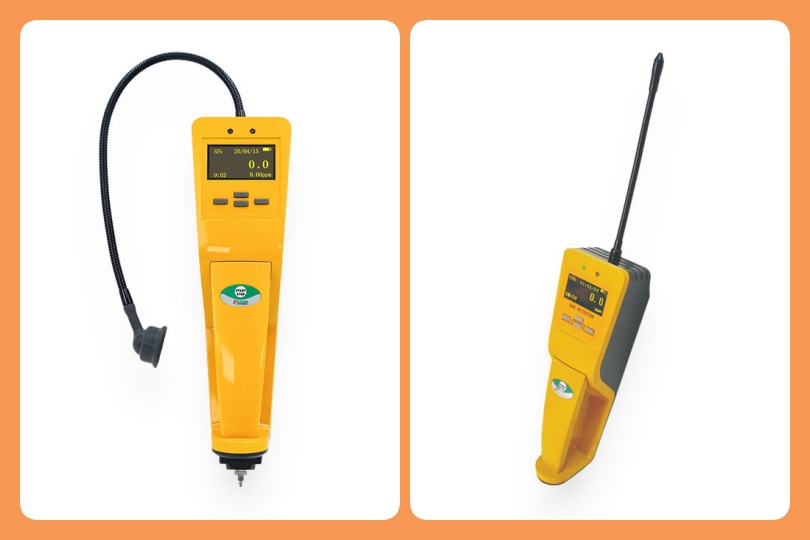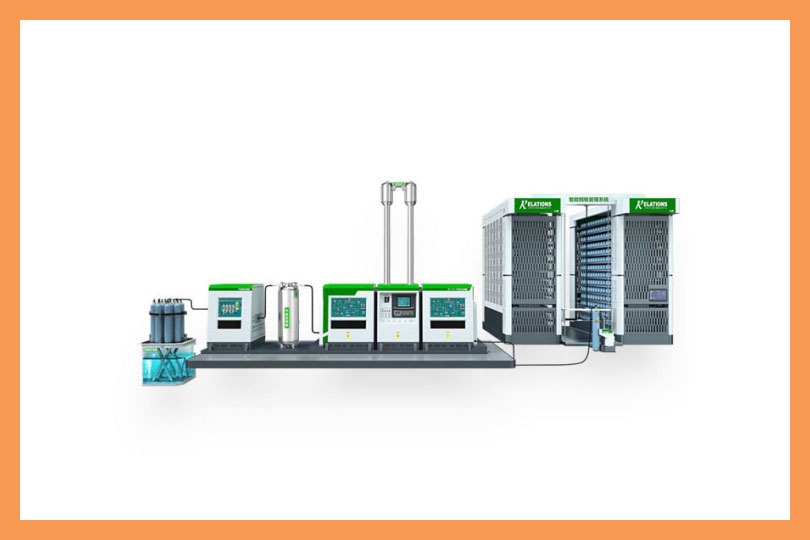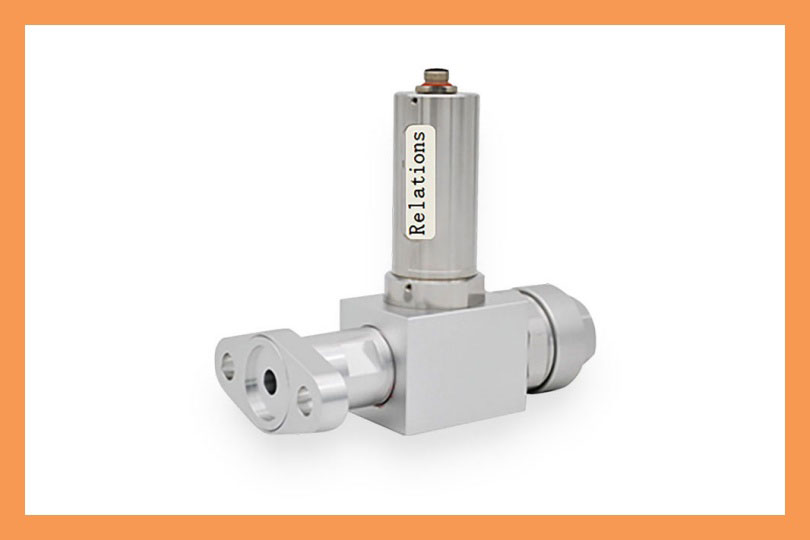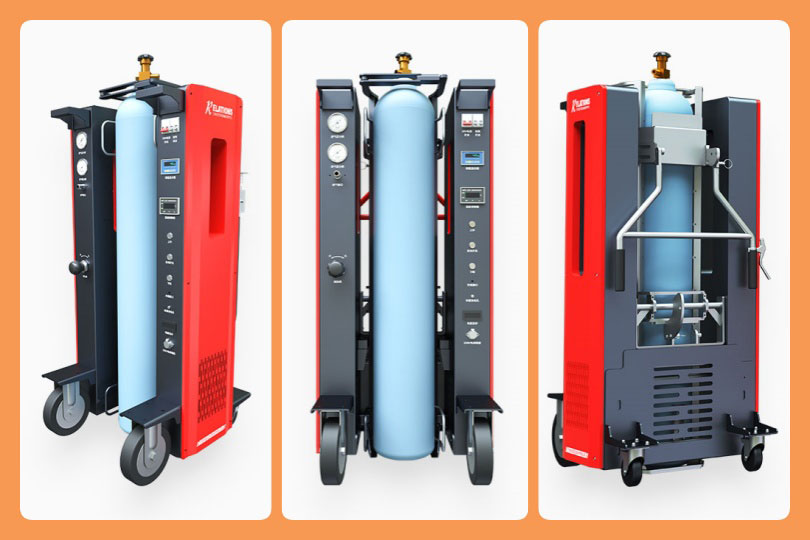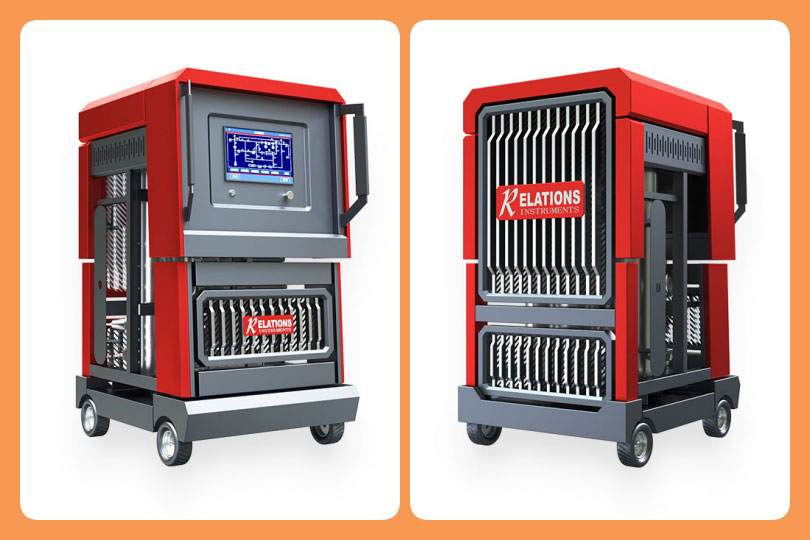Real-Time SF6 Leak Detection in High-Voltage Breakers
Date
2025-11-13
[email protected]
Website
www.sf6gasdetector.com
Get Solutions And Quotes
Real-Time SF6 Leak Detection in High-Voltage Breakers
Sulfur hexafluoride (SF6) is irreplaceable in high-voltage breakers for its superior insulating and arc-quenching properties—yet it’s a potent greenhouse gas with a global warming potential (GWP) 23,500x that of CO₂. Real-time SF6 leak detection has become non-negotiable for utilities to mitigate environmental harm, ensure operational reliability, and meet stringent regulations like the EU F-Gas Regulation (2024/573) and Kyoto Protocol. This guide breaks down the critical role of real-time monitoring, key technologies, and actionable best practices.
Why Real-Time SF6 Leak Detection Matters for High-Voltage Breakers
SF6 leaks, even minor ones, pose cascading risks that demand proactive monitoring:
- Environmental Liability: Unchecked leaks amplify carbon footprints, conflicting with global decarbonization goals.
- Operational Downtime: Reduced SF6 density impairs insulation, increasing breaker failures and costly outages.
- Regulatory Penalties: Non-compliance with regional standards (e.g., EU F-Gas, local utility regulations) can result in fines up to €300,000.
- Cost Waste: SF6 costs thousands per cylinder—early leak detection cuts replacement expenses by 40% on average.
Key Challenges in SF6 Leak Detection
Detecting SF6 leaks in high-voltage environments is uniquely difficult due to:
- Gas Properties: SF6 is colorless, odorless, and heavier than air, evading manual detection.
- Harsh Conditions: Extreme temperatures, pressure fluctuations, and contaminants in substations interfere with traditional monitoring.
- Intermittent & Remote Leaks: Small, sporadic leaks require continuous tracking, while remote breaker locations make manual inspections inefficient.
Top Real-Time SF6 Leak Detection Technologies
Modern solutions address these challenges with precision and automation. Here are the most effective options for high-voltage breakers:
1. Infrared (IR) Gas Detectors
Leveraging SF6’s unique infrared absorption, IR detectors offer high sensitivity (detects ppm-level leaks) and non-invasive monitoring—critical for avoiding interference with high-voltage equipment. Ideal for fixed installations in substations.
2. Optical Gas Imaging (OGI)
Thermal cameras visualize SF6 plumes in real time, enabling rapid leak localization. Perfect for troubleshooting and periodic inspections of hard-to-reach breakers.
3. IoT-Enabled Monitoring Systems
Combining advanced sensors with cloud platforms, these systems deliver remote access to leak data, automated alerts (via mobile/desktop), and integration with SCADA systems. Reduces on-site inspection labor by 60%.
4. Gas Density Monitors
Directly measure SF6 pressure/density in breakers; sudden drops trigger instant alerts. A cost-effective baseline solution for continuous equipment health tracking.
5. Ultrasonic Detectors
Detect high-frequency sound from escaping SF6, excelling in noisy industrial environments. Pinpoints leak locations with accuracy, complementing other technologies.
Core Benefits of Real-Time SF6 Monitoring
Implementing these systems delivers tangible value for utilities:
- Compliance Assurance: Meets global regulations, enhancing corporate sustainability credentials.
- Operational Reliability: Reduces unplanned outages by 25% by maintaining optimal SF6 levels.
- Cost Savings: Avoids expensive gas replacement and repairs—mid-sized utilities save $30,000+/year.
- Data-Driven Maintenance: Leak rate and equipment performance data optimize predictive maintenance schedules.
- Environmental Protection: Cuts SF6 emissions by up to 80%, aligning with low-carbon energy goals.
Best Practices for Implementation
Maximize ROI with these actionable steps:
- Prioritize High-Risk Assets: Conduct a risk assessment to deploy detectors on aging breakers or remote substations first.
- Match Technology to Needs: Choose IoT systems for remote fleets, OGI for troubleshooting, and IR detectors for fixed monitoring.
- Train Personnel: Ensure teams can interpret data, respond to alerts, and perform routine sensor calibration.
- Integrate with Maintenance: Link leak data to predictive maintenance programs to address issues before failures occur.
- Track Regulatory Updates: Stay ahead of evolving F-Gas and local standards to avoid non-compliance.
Future Trends in SF6 Leak Detection
- AI-Powered Predictive Analytics: Machine learning analyzes sensor data to forecast leaks, reducing downtime by 40%.
- Advanced Sensor Materials: Next-gen sensors offer higher durability and sensitivity in extreme high-voltage environments.
- SF6-Alternative Compatibility: Future systems will support low-GWP gases (e.g., g3) as the industry transitions.
Conclusion
Real-time SF6 leak detection is no longer just a compliance measure—it’s a strategic investment for high-voltage breaker reliability, cost control, and environmental stewardship. By adopting proven technologies (e.g., IoT-enabled systems, OGI) and following best practices, utilities can minimize leaks, meet regulatory targets, and advance their low-carbon goals. As SF6 regulations tighten and grid demands grow, proactive monitoring will remain critical for sustainable electrical system operations.

